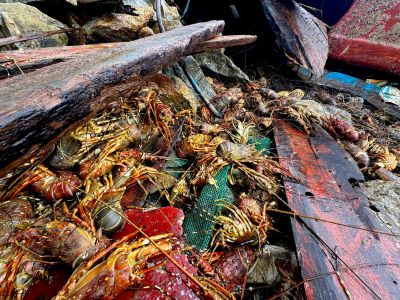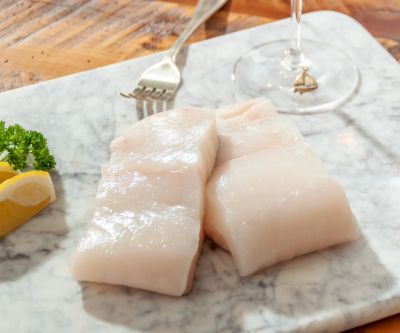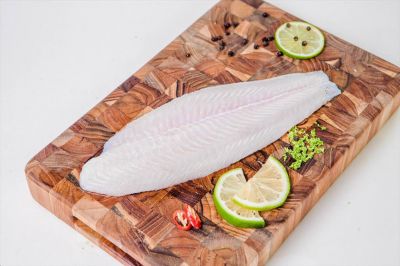Did you know that only 30% of pangasius is used for food consumption? That means that 70% of the fish is waste product. From head to bones to skin— all is just… thrown away. Well, that is, until the scientists of Ho Chi Minh University of Science and Technology discovered a way to change this.
Source of collagen
Since 2000, pangasius skin is studied for its collagen potential. The protein – which is used to manufacture food, drugs, and cosmetics – obtained from pangasius appears to be smaller than from other sources. That’s good news for beauty fanatics looking for eternal youth. Why, you might ask? The smaller the collagen, the higher its ability to penetrate the skin, and the better it keeps firm. Say farewell to wrinkles and hello to pangasius face cream!

Hold up – we might be going too fast there. Scientists are currently researching feasible methods to source the collagen and test these technologies for the food, pharmaceutical, and cosmetics industries. This process could take years before a product reaches the shelves of your local drug store. But hey, it’s something to look forward to!
No more pangasius waste
When that time comes, though, it will solve some pretty major industry problems. Right now, 5 to 8 tons of pangasius skin is wasted every day – the equivalent of an African Elephant! Next to that, the global demand for collagen was over 930 tons in 2019 – and that number is only expected to rise in coming years. Sounds like the ultimate solution to market needs and environmental problems, don’t you think?
Source: Pangasius - Your everyday fish





